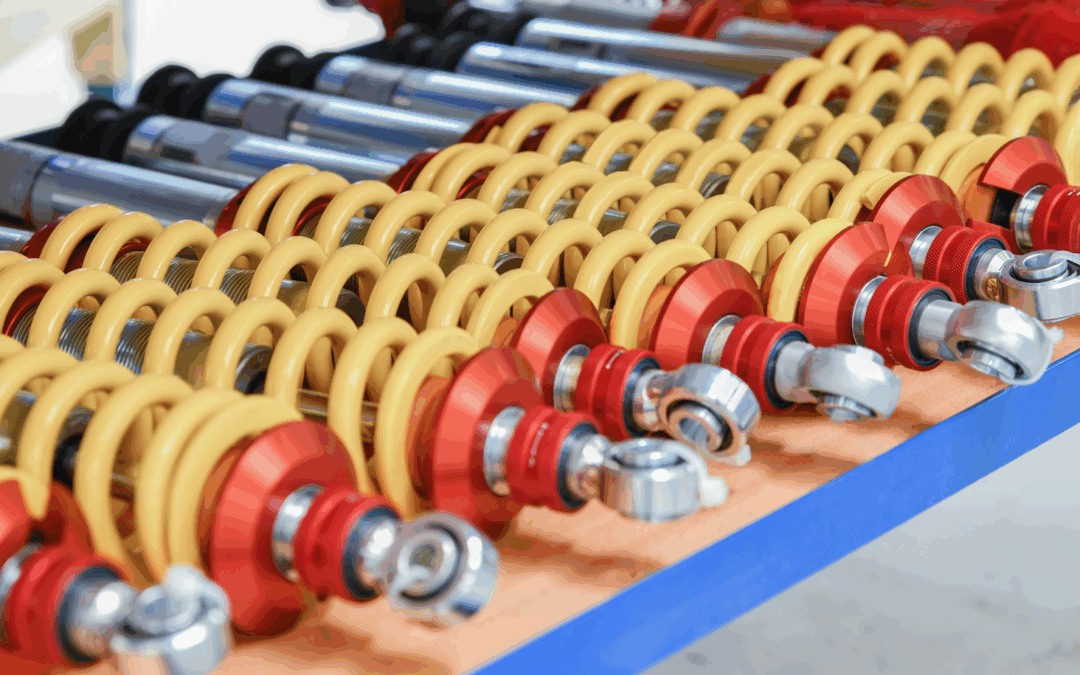You may not know much about your vehicle’s suspension system—until something goes wrong. But this crucial system plays a major role in keeping your ride smooth and stable while supporting the weight of the vehicle. A key part of that system includes shock absorbers and struts. If either fails, your vehicle’s handling, comfort, and even safety can take a hit. In this month’s blog post, we break down the differences between shocks and struts and explore some warning signs that might signal trouble.
Shocks vs. Struts: What’s the Difference?
Although people sometimes use the terms interchangeably, shocks and struts are not the same thing. Your vehicle will have either shocks or struts, not both, depending on its suspension design.
Shock Absorbers:
Shocks are hydraulic components positioned at each wheel. Their job is to absorb kinetic energy when your vehicle encounters bumps or uneven roads. By controlling the motion of the suspension, shocks prevent excessive bouncing, ensuring a stable and more controlled ride. Inside each shock, fluid moves through a piston, helping to dissipate energy and reduce vibrations.
Struts:
Struts perform a similar function in controlling movement, but they also provide structural support for the suspension system. A strut assembly incorporates a shock absorber, but it also plays a role in supporting the vehicle’s weight and maintaining wheel alignment. Essentially, struts do double duty—they absorb shock while reinforcing the overall suspension design.
Signs of Worn-Out Shocks or Struts
Even though shocks and struts are built to handle tough road conditions, they are not indestructible. Over time, wear and damage can lead to noticeable driving issues. Some warning signs include:
- Clunking or squeaking sounds when driving over rough roads or bumps
- Excessive bouncing or swaying while handling turns
- A “nose-diving” motion when braking suddenly
- Uneven tire wear, often appearing as bald spots or irregular tread patterns
- Vibrations throughout the vehicle, making driving feel unstable
If you notice any of these symptoms, do not ignore them—a failing suspension system can impact braking distance and steering control, increasing safety risks.
How to Prolong the Life of Your Suspension
A few smart driving habits can help reduce wear on your shocks or struts:
- Slow down over bumps and potholes to minimize unnecessary strain
- Rotate your tires regularly to maintain even wear
- Lubricate suspension components when needed
- Check for fluid leaks that could indicate damage
Experts recommend inspecting your vehicle’s shocks or struts around the 50,000-mile mark or sooner if you notice handling issues.
Your suspension system does more than just make driving comfortable—it affects vehicle stability and safety. Taking care of your shocks and struts can improve ride quality and help prevent costly repairs down the line. If you suspect an issue, getting a professional inspection can ensure your ride stays smooth and responsive on the road. Contact the service professionals at Campus Repair to schedule an appointment to inspect and/or repair your shocks or struts.

